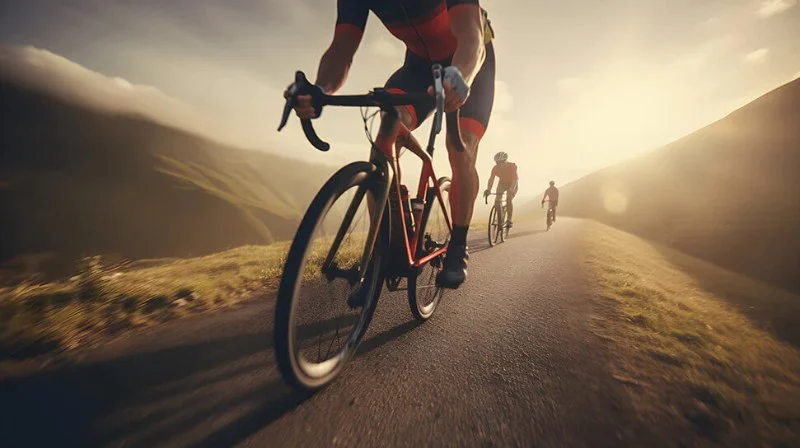
- what-is-randonneuring-history-and-purpose
- core-principles-of-randonneuring
- distances-and-events-in-randonneuring
- equipment-and-gear-tips-for-endurance-cycling
- stories-from-the-road-real-riders-share
- getting-started-and-why-cycling-guider-matters
1. What Is Randonneuring? History and Purpose
Randonneuring is a form of long-distance, non-competitive cycling that emphasizes self-sufficiency, endurance, and camaraderie. Originating in France in the late 19th century, randonneuring events—known as brevets—challenge cyclists to complete routes of 200km or more within specific time limits. But unlike traditional races, there are no podiums, only the personal triumph of completing the ride.
The ethos of randonneuring centers on reliability and resilience. Whether riding through rolling hills in Vermont or the wind-swept plains of Kansas, riders rely on cue sheets, brevet cards, and their own planning to succeed.
2. Core Principles of Randonneuring
Self-Sufficiency: Riders must be prepared for mechanical issues, weather changes, and nutrition without outside support. That’s why many invest time in route planning and carry tools, spare tubes, and food.
Checkpoints and Time Limits: Each event has control points that riders must reach within a designated timeframe. These act as pacing tools rather than pressure points, allowing each rider to chart their own rhythm.
Community Over Competition: While everyone rides individually, there’s a shared spirit on the road. Veteran randonneurs often assist newcomers, creating bonds that last long after the ride ends.
3. Distances and Events in Randonneuring
Official brevet distances typically include 200km, 300km, 400km, 600km, and the legendary 1,200km event such as the Paris-Brest-Paris. Riders must complete these distances within allotted times (e.g., 13.5 hours for a 200km). Some events take place overnight or in unpredictable weather, adding to the challenge.
In the U.S., popular randonneuring regions include California, Oregon, and the Mid-Atlantic. Events like the Cascade 1200 have drawn cyclists nationwide thanks to their scenic and demanding routes.
4. Equipment and Gear Tips for Endurance Cycling
Bikes: Steel-framed touring bikes or endurance-oriented road bikes are preferred due to their comfort and stability. Riders often equip their rigs with front and rear lights, fenders, and dynamos for night riding.
Packing: A handlebar bag or saddlebag carries essentials like tools, snacks, extra clothing, and brevet cards. Hydration systems vary, but two bottle cages are standard for long hauls.
Clothing: Layering is critical, especially for overnight brevets. Merino wool base layers and windproof jackets help regulate temperature through varying conditions.
To explore top-rated gear curated by seasoned riders, you can browse selections on Cycling Guider, where every product is tested with long-distance cycling in mind.
5. Stories from the Road: Real Riders Share
On a chilly March morning in Pennsylvania, Mark—a 52-year-old teacher—set off on his first 300km brevet. Halfway through, his derailleur cable snapped. Instead of quitting, he rigged a single-speed workaround and kept going. “I wanted to see if I could do it. Randonneuring is about problem-solving under pressure.”
In Arizona, Jen rode a 400km event in desert heat. She lost her route cue sheet at mile 90. “Another rider gave me a backup, and we stayed together until the next checkpoint. We barely made the cutoff, but that’s what made it unforgettable.” These stories capture what the sport is truly about—resilience, connection, and the open road.
6. Getting Started and Why Cycling Guider Matters
If you're curious about how to begin, start small with a 100km populaire to build confidence. Find a local randonneuring club through RUSA (Randonneurs USA) or other regional groups. Commit to proper training and plan nutrition and rest strategies ahead of events.
For new and veteran riders alike, Cycling Guider provides handpicked recommendations on bikes, lights, apparel, and tools specifically suited for long-distance events. It's more than a shop—it’s a resource built around the randonneuring lifestyle. Because when you’re hundreds of miles from home, you want to trust your gear as much as your legs.

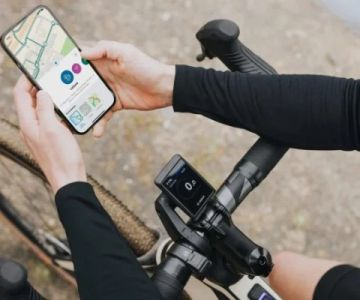
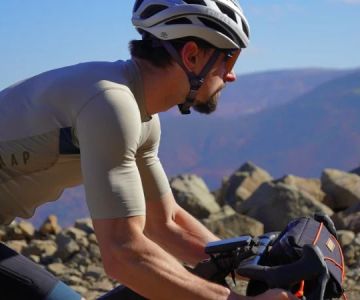
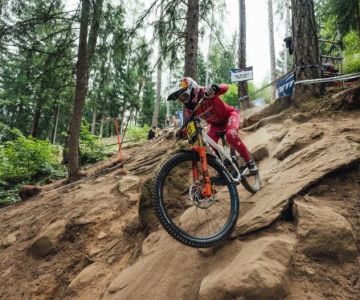
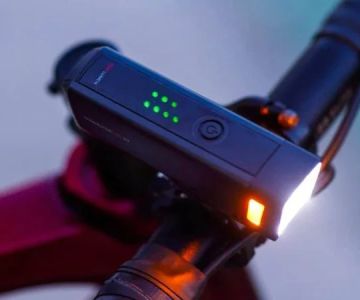
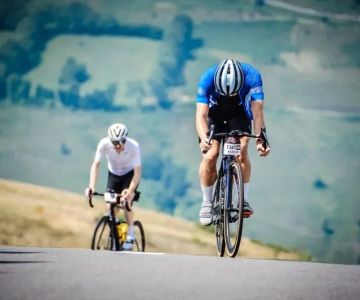
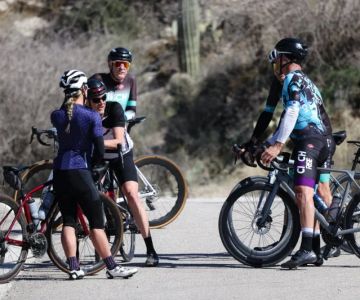
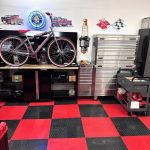 Billet BMX5.0 (2 reviews)
Billet BMX5.0 (2 reviews)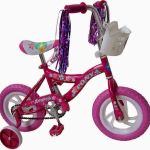 Far East Children Bicycle Factory1.0 (1 reviews)
Far East Children Bicycle Factory1.0 (1 reviews) Archer Motorsports, Inc.4.0 (8 reviews)
Archer Motorsports, Inc.4.0 (8 reviews) YEP Bike Works4.0 (55 reviews)
YEP Bike Works4.0 (55 reviews) Gorham Bike & Ski4.0 (498 reviews)
Gorham Bike & Ski4.0 (498 reviews)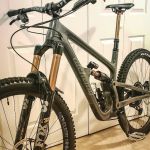 Alchemy Bikes4.0 (37 reviews)
Alchemy Bikes4.0 (37 reviews) How to Teach Kids to Ride a Bike: A Step-by-Step Guide for Parents
How to Teach Kids to Ride a Bike: A Step-by-Step Guide for Parents Tips for Riding on Busy City Streets: Smart Strategies for Urban Cyclists
Tips for Riding on Busy City Streets: Smart Strategies for Urban Cyclists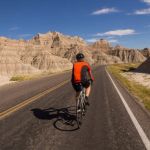 Best US National Parks for Mountain Biking: Ride Epic Trails Across America
Best US National Parks for Mountain Biking: Ride Epic Trails Across America Best Aero Helmets for Time Trials and Racing
Best Aero Helmets for Time Trials and Racing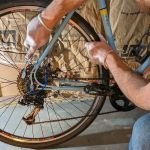 How to Clean and Lubricate Your Bike Chain Like a Pro
How to Clean and Lubricate Your Bike Chain Like a Pro 10 Must-Have Items for Long-Distance Cycling Trips
10 Must-Have Items for Long-Distance Cycling Trips